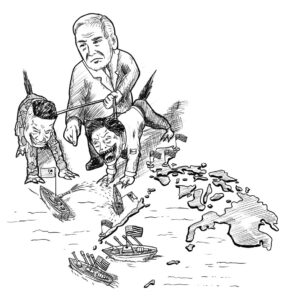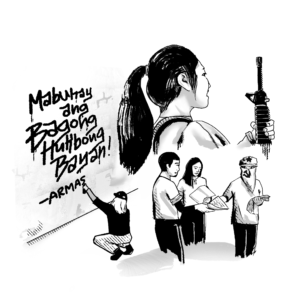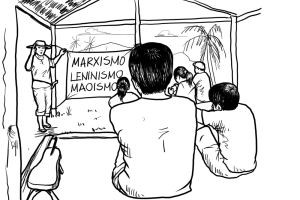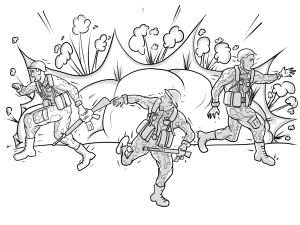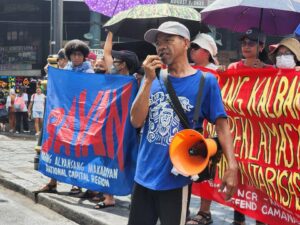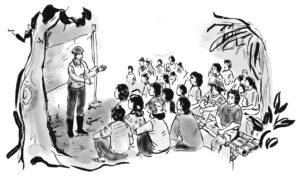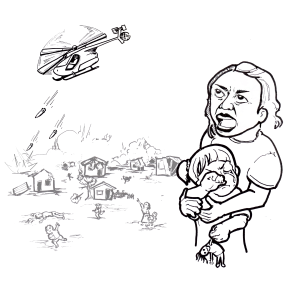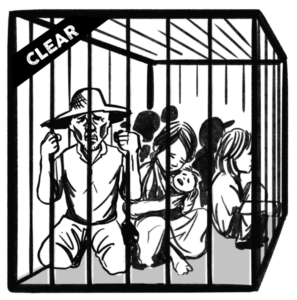Farmers’ protest against liberalization surges again in India


In March, the Communist Party of India (CPI)-Maoist urged thousands of farmers to continue their protest until their grievances were met. Since mid-February, an estimated 30,000-50,000 farmers have continued their actions to demand fair prices for their products and for the fulfillment of the promises of the ruling Bharatiya Janata Party (BJP) over the past two years.
Driving their tractors, the farmers planned to take their protest to the Indian capital, New Delhi, but were blocked and dispersed in Shambu, a town 200 kilometres from the capital. Since 13 February, soldiers and police have repeatedly broken up their protests, using drones to drop teargas bombs and firing live ammunition and rubber bullets. At least two demonstrators have been killed and hundreds injured. The attack left some people deaf and blind. Most of the protesters were from the states of Punjab and Haryana.
On March 14, 5,000 people led by the group Samyukt Kisan Morcha (Non-Political) and Kisan Mazdoor Morcha marched to Delhi. They represented at least 40 peasant unions participating in the protest for a dialogue with the Indian government.
The new wave of action is a continuation of more than a year of farmers’ protests and camp outs in 2020-2021 that opposed the passage of three laws aimed at liberalizing the agricultural sector. One of the promises made by Narendra Modi, the prime minister of India, was to double the income of farmers before the end of his current term in 2025.
Two years after the promises, farmers’ incomes fell by more than half. Worse, the Modi regime attempts to ram trade liberalization and privatization of agricultural services without going through parliament.
In the current action, the farmers demand that the state adopt the minimum price support (MSP) or the state’s purchase price of the products against trader-driven devaluation and sudden falls in the market price. They said the MSP should be set at 50% higher than their cost of production, to ensure they can support their families. They demand coverage for all crops, and not just 23 crops as implemented by the BJP.
In this regard, they called for the cancellation of the agreements India entered in the World Trade Organization and for not entering into any “free trade” agreement. They condemned the push of a powerful bloc at the WTO to scrap the MSP system as a form of subsidy. They also oppose the WTO’s push for removing subsidies on fertilizer, pesticides, seeds, electricity and other services that farmers desperately need.
Farmers demand the cancellation of their debts, which they successfully achieved in their 2020-2021 mass actions. They also called for justice for the 750 farmers who died as a result of state violence in these actions.
The struggle of farmers is not distinct from the struggle of other sectors of Indian society, particularly the struggle of the Adivasi (national minority), according to the CPI (Maoist). These movements share the same goal of defending the country’s wealth and natural resources. Thus, all democratic sectors of Indian society should support it, as they supported the protests in 2020-2021. About 40%-60% of India’s 1.4 billion people depend on agriculture. More than half of them do not own land, and the rest are small farmers.

